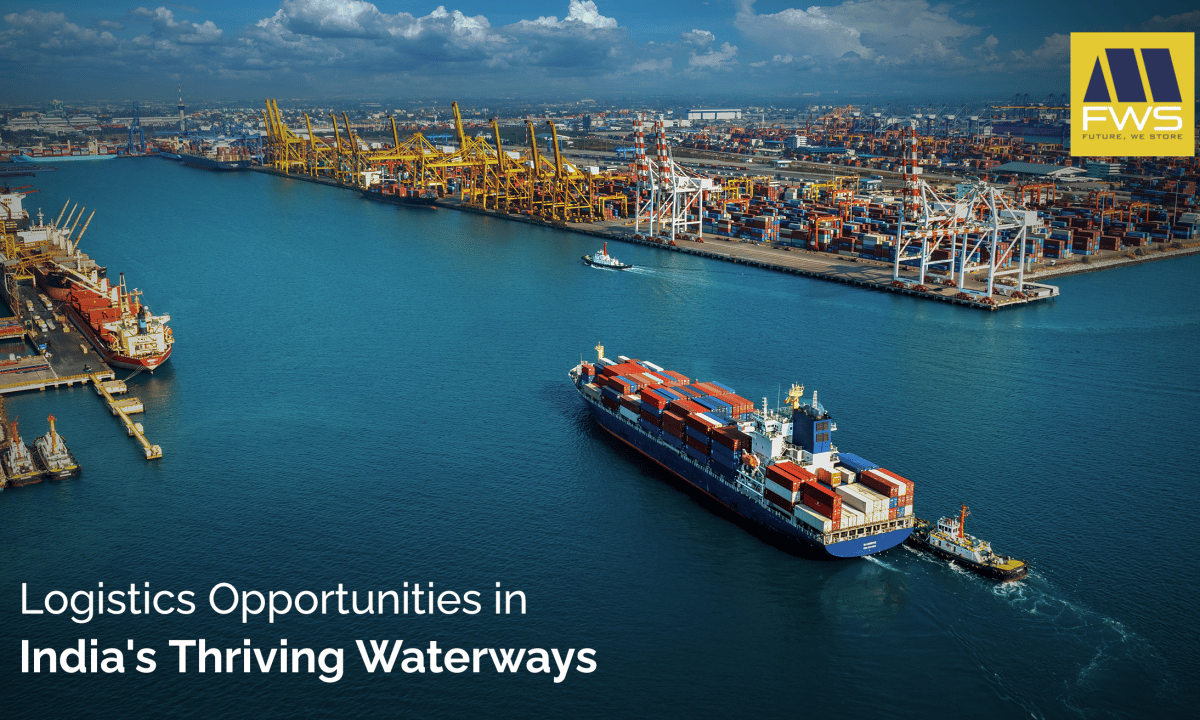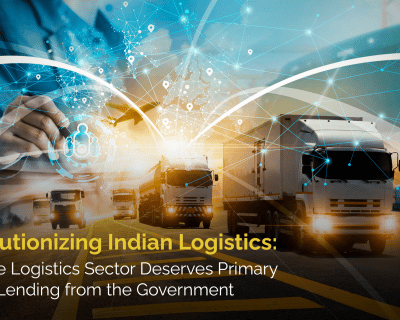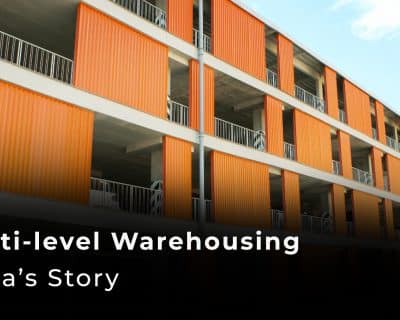Blog

Logistics Opportunities in India’s Thriving Waterways
In recent years, the Indian government has been making significant investments in the development of its waterways as a means of transportation. With over 14,000 km of waterways, India has the potential to become a major player in the global transportation industry. In this blog, we will explore the logistics opportunities that come with the development of India’s waterways and how they can benefit businesses and the economy.
1. Efficient Transportation
One of the biggest advantages of waterways as a means of transportation is efficiency. Shipping by waterways is often faster and cheaper than shipping by road or rail, making it a top pick for businesses looking to cut down on transportation costs. The Indian government’s investment in waterways has the potential to revolutionize the reach of the transportation industry, both domestically and internationally, reducing the delivery time of goods and improving overall logistics operations.
2. Less Congestion, More Progress
India’s road and rail networks are facing unprecedented congestion, causing delays and increasing the cost of transportation. The development of India’s waterways presents an alternative solution to this problem, providing businesses with a congestion-free and reliable mode of transportation. This not only improves the efficiency of logistics operations but also helps to reduce transportation costs.
3. Lower Carbon Emissions: A Greener Future
Sustainability is a critical concern for businesses and the transportation industry. Logistics through waterways has a lower carbon footprint compared to road and rail, making it a more environmentally friendly option. The Indian government’s investment in waterways not only helps to reduce congestion but also contributes to a greener and cleaner future for India. This is particularly important for businesses looking to reduce their carbon footprint and become more environmentally responsible.
4. Employment Opportunities
The growth of India’s waterways not only provides new opportunities for businesses but also creates employment opportunities. From the construction of new waterways to the operation and maintenance of existing ones, the development of India’s waterways is expected to create new jobs and stimulate the local economy.
5. Expanding Market Reach
By providing businesses with access to new international markets, the development of India’s waterways has the potential to expand their reach and increase trade between India and other countries. This opens up new opportunities for businesses, both domestically and internationally, to grow and expand their reach.
India has been ranking #2 in the world in the production of fresh fruits and vegetables, with being #1 in the world in the production of bananas (~26%), papaya (~43%), and mango (~45%). Yet, our total agricultural export stays at ~2.5% of the world agri-trade, due to the high costs of shipping fresh fruits and vegetables via airways. However, the upliftment of Indian waterways and shipping technologies brings the time to grasp the true export potential of India’s Agrarian economy.
The latest accomplishment for India is the first-ever successful shipment of mangoes to the USA via sea, with the longest transit time ever (27 days) from Jawaharlal Nehru Port Trust (JNPT) to Newark port. Our mango shipments have gone to as much as the UK, Netherlands, and New Zealand by sea but never the USA. With this landmark delivery of 16,560 kg mangoes to the US port in perfect condition, even after almost a month of transit at sea, Indian farmers and exporters get a new hope for a better business in the future as Indian waterways and shipping technologies are now reaching the capabilities of transporting fresh products to faraway international markets without depreciating the condition of products.
Indian Government’s Initiatives
Under the National Waterways Act of 2016, 111 inland waterways distributed across 24 states were designated as National Waterways (NWs) to enhance water mobility in the country. The development of these NWs, under the aforementioned legislation for shipping and navigation, is governed by the central government through the Inland Waterways Authority of India (IWAI), an independent institution under the Ministry of Ports, Shipping and Waterways. For the 26 NWs, that were determined to be viable for cargo/passenger transportation based on the results of the techno-economic feasibility and Detailed Project Reports (DPRs) of these NWs, IWAI has developed an action plan. Development efforts are ongoing in the first 13 of the 26 feasible NWs.
Additionally, Sikkim and other North Eastern States gain 100% financial support via the Central Sector Scheme (CSS) for the expansion of inland waterways. Jal Marg Vikas Project (JMVP), with World Bank support for capacity augmentation for Haldia-Varanasi, stretches at an updated estimated cost of Rs. 4633.84 cr. with the building of multimodal terminals at Varanasi and Sahibganj (completed), the multimodal terminal at Haldia (at 98% completion) and the Navigational Lock at Farakka (at 93% completion). It’s not just a conceptualized thing. Cargo movement of 108.79 million metric tonnes (MMT) by inland water transport through NWs has been recorded during 2021-22 which shows the growth of logistics via waterways in the real world. These projects will shape the future of the inland logistics wave that will uplift India’s logistics status through waterways, and it will make a great contribution to raising the bars of India’s international logistics via waterways.
Concluding Thoughts
In conclusion, the development of India’s waterways offers a wealth of opportunities for businesses and the economy. From providing a more efficient and cost-effective means of transportation to reducing congestion and creating employment opportunities, the development of India’s waterways has the potential to bring significant benefits to the country. According to a recent report by the Ministry of Shipping, the development of India’s waterways could potentially reduce the cost of transportation by up to 30%. It is an exciting time for the Indian transportation & logistics industry and the Ministry of Ports, Shipping and Waterways. The future looks bright and we can expect continued growth and development in the years to come.





